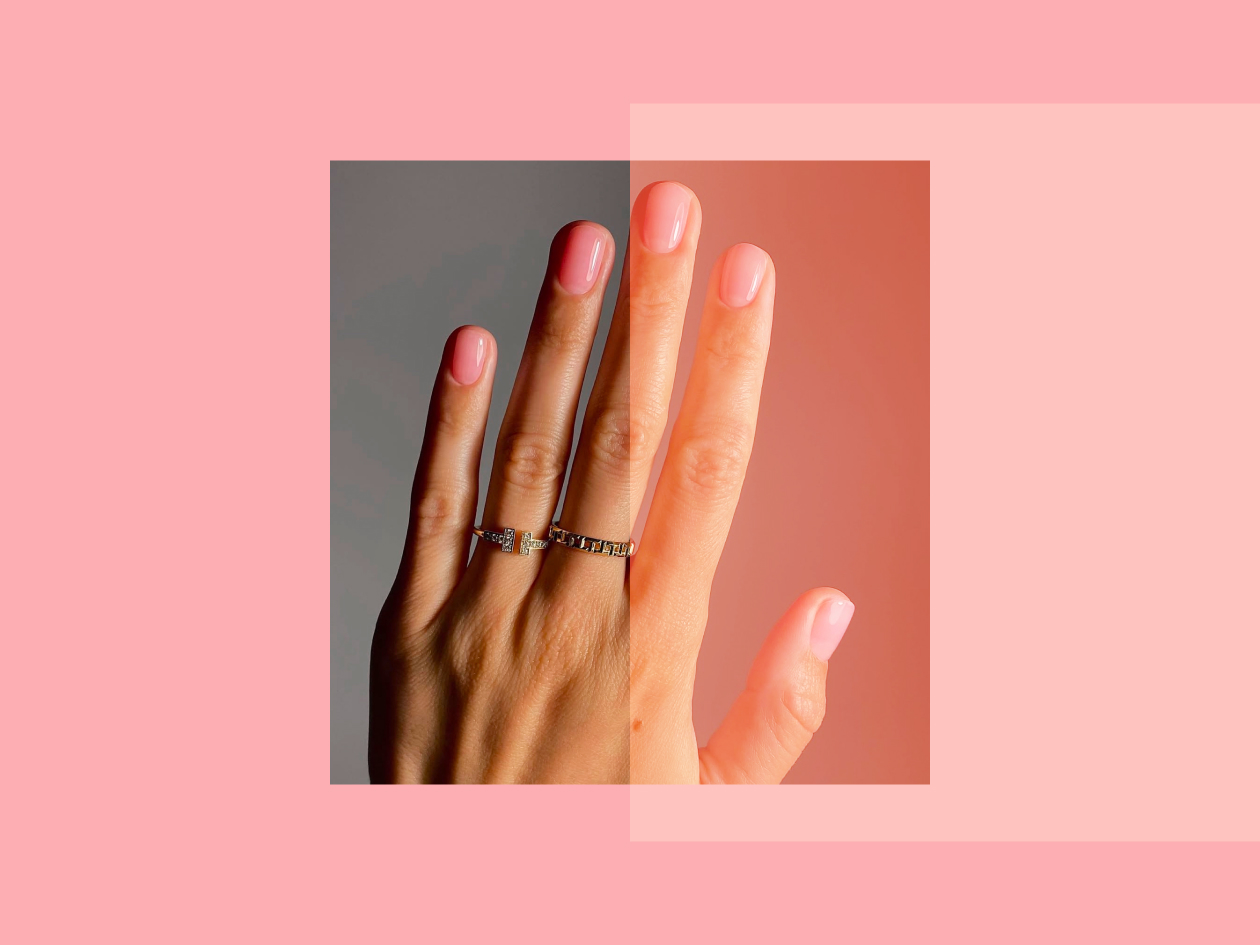Have you ever wondered why some cosmetics swell when layered? Why do others tend to activate skin sensitivity? To dry it out? Or, in more important cases, to trigger certain photosensitivity problems?
Of course, the choice of active ingredients combined with your skin type are two factors to take into consideration when you want to integrate a product into your routine. But what about the treatments that do not mix with each other ? Why yes, it exists!
A vitamin C resurfacing cream and AHA lotion
C vitamin it is a treasure of today’s cosmetics. She allows it fight the first signs of aging giving that little boost skin needs to look more radiant.
But beware! Vitamin C (also called ascorbic acid) he is not a small player. To be used as a cure for only a few months rather than daily, it doesn’t fare very well with other cosmetics with full-bodied active ingredients like retinol or AHA.
We remind you that AHAs are fruit acids. They include glycolic acid and lactic acid; when combined with vitamin C, they can become very astringent for the skin. And the last thing poor skin needs is stripping.
A retinol cream and a glycolic acid serum or salicylic acid
The night cream whose main active ingredient is retinol (from vitamin A) is excellent for erasing the signs of aging, but not only that: it also helps fight against acne and pigment spots everything inside smoothing skin texture.
It is also, like vitamin C skin care (or even more so), a very powerful cosmetic. This will avoid mixing it with a glycolic acid or salicylic acid serum — two equally powerful elements designed to exfoliate the epidermis, purify it and even out the complexion.
Together, they embody an explosive cocktail that takes risks damage the skin making it ultra sensitive and dry. Prolonged treatment can also cause swelling and redness.

A DHA self-tanner and day cream containing other types of protein
DHA is an active which slightly colors the skin when applying self-tanner. According to Emilie Jolibois, expert in research on cosmetic ingredients of Aroma-Zone, interviewed by She : “reacts to proteins in the outer layer of our epidermis”.
But if you apply a treat that contains other underlying proteins such as silk or rice, loses efficiency. Why ? Just because the DHA will concentrate on other types of protein and become deactivated slowly but surely…
A retinol cream and a targeted treatment with benzoyl peroxide
When you have acne, you often resort to many treatments to see pimples and blackheads disappear. Even if it means mixing very powerful active ingredients for faster results…
But when to use retinol and benzoyl peroxidethere, nothing goes.
If we know the first better, the second is (in most cases) foreign to us; in fact, benzoyl peroxide is a compound with virtues anti-inflammatory and antibacterial.
Present in the formulation of targeted treatments, does not pair with a retinol night cream : While the two might make the ideal combination against acne, they are, together, too powerful to bear from the epidermis and its skin barrier.
Hyaluronic acid: the one that does the job in all circumstances
Although its name may confuse more than one, hyaluronic acid is indeed dedicated to maintain skin hydration while carrying it rebound and elasticity. It also allows for maintain a strong hydrolipidic barrier so that external aggressions do not disturb the balance of the skin but also to slow down the progression of free radicals.
Its little peculiarity is thatcan be mixed with many other active ingredients without contraindications ! And since the body already contains it, it is very well tolerated by all skin types.
As you may have understood, blends in cosmetics should be done sparingly. And if you have any doubts, do not hesitate to discuss them with your dermatologist who will be able to guide you. to compatible assets and dedicated to your problem.
Cover image credits: Unsplash – @matthew reyes.
All about
Cosmetic ingredients
-
The benefits of olive oil for hair: tips for use
-
A dermatologist classifies the anti-acne active ingredients according to their effectiveness
-
Christmas gift ideas for men: 8 skin care sets to start the year in style
-
Coconut oil for hair: benefits and tips for use
-
Why and how to use castor oil on hair?
-
Discover niacinamide, the miraculous cosmetic active “that looks like an Instagram filter”
-
Discover PHAs, the exfoliating active ingredients preferred by sensitive and delicate skin
Source: Madmoizelle
I am Anne Johnson and I work as an author at the Fashion Vibes. My main area of expertise is beauty related news, but I also have experience in covering other types of stories like entertainment, lifestyle, and health topics. With my years of experience in writing for various publications, I have built strong relationships with many industry insiders. My passion for journalism has enabled me to stay on top of the latest trends and changes in the world of beauty.




